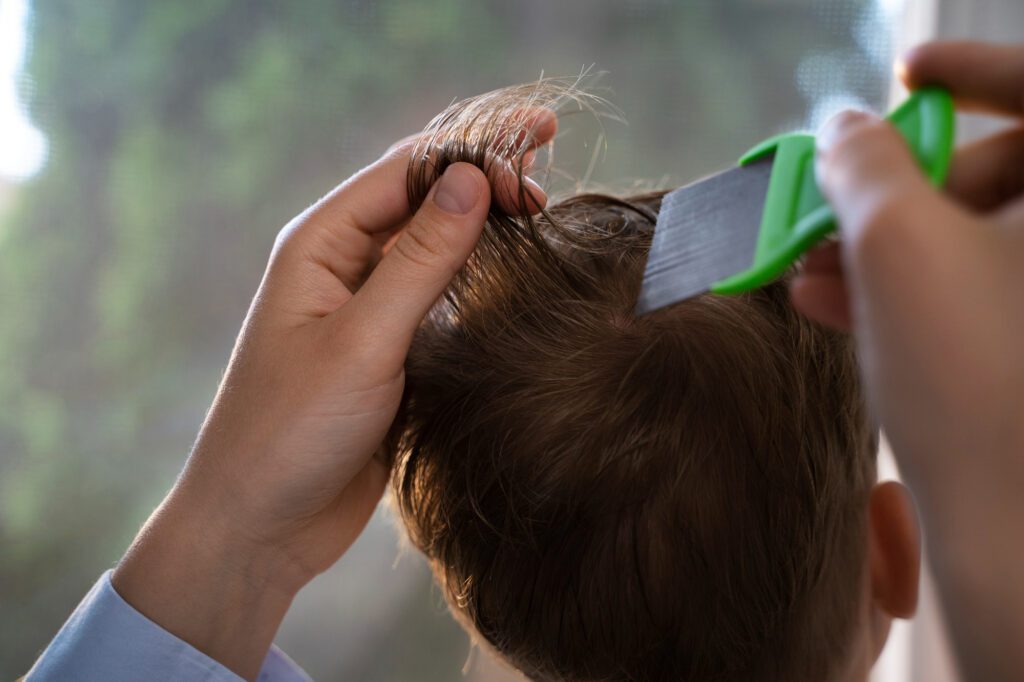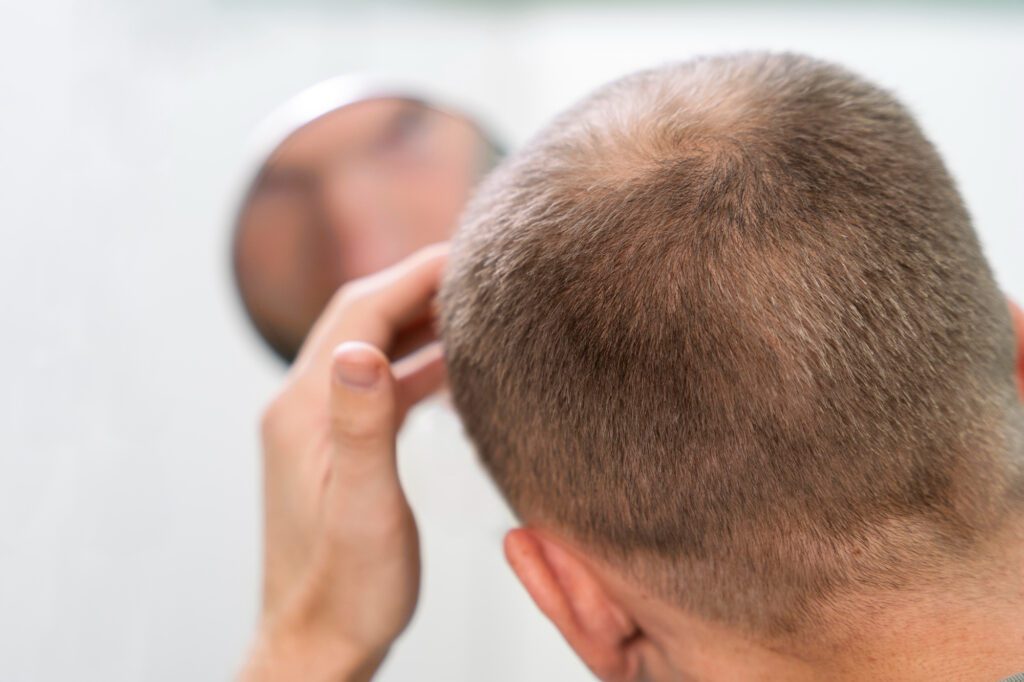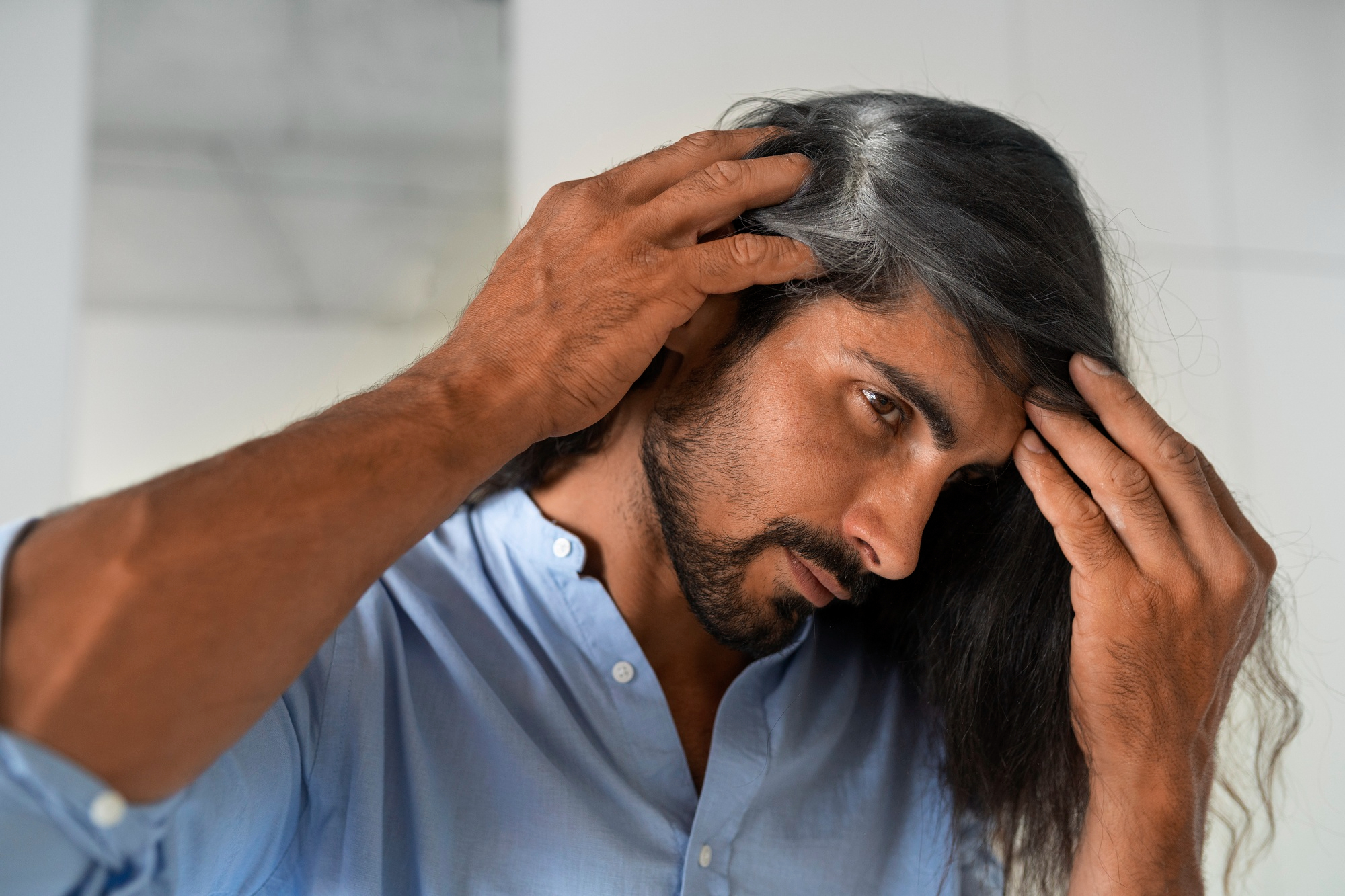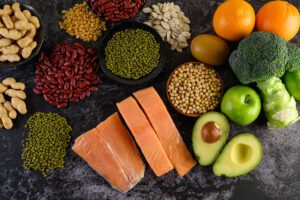Here, we are sharing information on the topic “hair loss traditional treatments.” A person’s hair has been referred to as their “crown and glory,” so losing it can be upsetting, depressing, and puzzling. The American Academy of Dermatology Association lists a wide range of factors, including age, poor diet, major weight loss, long-term iron deficiency, thyroid conditions, delivery, and more, as reasons for hair loss.

According to the National Institutes of Health, androgenetic alopecia, sometimes referred to as male or female pattern hair loss, is the most prevalent type of hair loss in the United States. It is inherited and affects over 50 million men and 30 million women.
Because hair loss is so prevalent, it can feel like there are a lot of products on the market that claim to be helpful.
hair loss traditional treatments
There are natural, affordable treatments that can stop hair loss and even promote hair growth once the underlying problem is found.
1. Consuming more protein
Consuming meals high in protein, like nuts, can promote hair growth in the body. To produce new hair, the body needs protein. A lack of protein might result in hair loss. Healthy dietary protein sources include, for instance:
- beans \ eggs
- fish
- seeds
- almonds
- lean meats
A person’s daily protein requirements are determined by their level of physical activity and muscle mass.
2. Increasing the amount of iron consumed
Another component the body needs for good hair growth is iron. Among the food sources of iron are:
- clams, lentils and oysters
- seeds of pumpkins
- turkey, spinach, white beans, and lean beef
Additionally, a lot of food manufacturers fortify their products, which entails adding iron to them. The iron requirements of vegetarians and vegans might be up to 1.8 times higher than those of meat eaters. This is due to the body’s less efficient absorption of iron from non-animal sources.
3. Examining aromatherapy
The authors of a 2011 study claim that aromatherapy can aid in promoting hair growth. Herbs that aromatherapists could use to encourage hair development include:
- cedarwood
- lavender
- rosemary
- thyme
- Tulsi
Make sure to dilute a small amount of essential oils—like coconut or walnut oil—into a carrier oil before applying them to the scalp. The smell of these oils may have an impact on hair development, the researchers add.
If essential oils are a useful treatment for hair growth, more investigation is required. When using essential oils, it is advised to attempt a small test patch 24 hours before applying the combination to the entire head because some people may develop topical allergic responses.
4. Giving the scalp a massage
- Blood flow to the scalp is increased by massaging it, which may promote hair growth.
- A tiny study conducted in Japan
- According to a study, males who used a scalp massager for four minutes a day saw an increase in hair thickness after six months.
- People can massage their scalp gently in circles using the pads of their fingertips. There are additional scalp massagers accessible online and in pharmacies.
5. Making use of pumpkin seed oil
- Consuming pumpkin seed oil could promote hair development.
- In a 2014 study, the scientists investigated the potential hair-growth-promoting effects of pumpkin seed oil.
- They found that men who took 400 mg of pumpkin seed oil for six months saw an increase in average hair count of 40%, whereas those who took a placebo only saw a 10% increase.
- Male pattern baldness, or androgenic alopecia, was a past condition shared by all men. They ranged in age from 20 to 65 and were not using any additional supplements for hair loss at the moment.
6. Using saw palmetto
- A two-year investigation
- Men suffering from male pattern baldness may see an increase in hair growth if they take saw palmetto supplements, according to a reliable source.
- Throughout the trial, the subjects consumed 320 mg of saw palmetto daily.
- The vertex, or the top and rear of the head, was where the participants’ hair grew after two years. Bald spots in men are frequently found in this area.
reasons behind hair loss
- Male or female-pattern baldness or hair thinning due to ageing is common.
- Physicians typically classify hair loss unrelated to ageing into two main groups: hair loss that leaves scars and hair loss that does not. Scarring hair loss is usually irreversible. Scarring alopecia is one type of hair loss.
- Alopecia areata, which causes hair loss in patches, and telogen effluvium are examples of non-scarring causes of hair loss.
- Hair follicles that experience telogen effluvium stay in a resting state. A person’s hair stops growing as quickly or as much as it used to as a result.
When to visit a physician
- While hair loss may not always have an adverse effect on a person’s general health, it can have a significant negative effect on their mental health and sense of self-worth.
- If someone is worried about hair loss, they should consult a doctor, particularly if they are using supplements or have changed their diet and are experiencing hair loss.
- A dermatologist may be referred by a physician to perform more tests in order to decide the best course of action.

Conclusion
(hair loss traditional treatments)
- In conclusion, genetics is one factor that determines how much hair a person grows. However, if a person eats a balanced, nutrient-rich diet, they can see an improvement in their hair growth.
- Enhancing the thickness and development of hair can be achieved by taking proper care of it and using various home treatments. A person should consult a doctor if they are worried about their hair growth or loss.
Frequently asked questions
(hair loss traditional treatments)
1. What foods stop hair fall?
Answer: Items to Manage Hair Loss: Dr. Archana Batra Nutrition Clinic. Half of your daily need of vitamin E is found in one ounce of sunflower seeds. Omega-3 fatty acids are also found in chia and flaxseeds. These nutrients are all anti-hair loss. Chickpeas and kidney beans are two excellent plant-based providers of biotin, folate, iron, and zinc.
2. Is it possible to regrow hair after 40?
Answer: “In your 40s, you might still have fuller, thicker hair. But it gets harder to fully restore your hair if there is irreversible damage. To reduce hair loss and lengthen your hair’s lifespan, Jangid suggests being aware of any lifestyle diseases and taking immediate action to stop them.
3. Can I regrow lost hair?
Answer: There are effective treatments available for certain forms of hair loss. At best, you may be able to slow down or perhaps stop hair loss. Certain conditions can cause hair to recover on its own in a year, such as patchy hair loss (alopecia areata). Both medicine and surgery are used as treatments for hair loss.
So, this is how the topic “hair loss traditional treatments” has been addressed.
- For more information related to these topics, click here.
- You may also visit our Instagram page by clicking here.
- You may also visit our YouTube channel by clicking here
Thank you for visiting our site.






